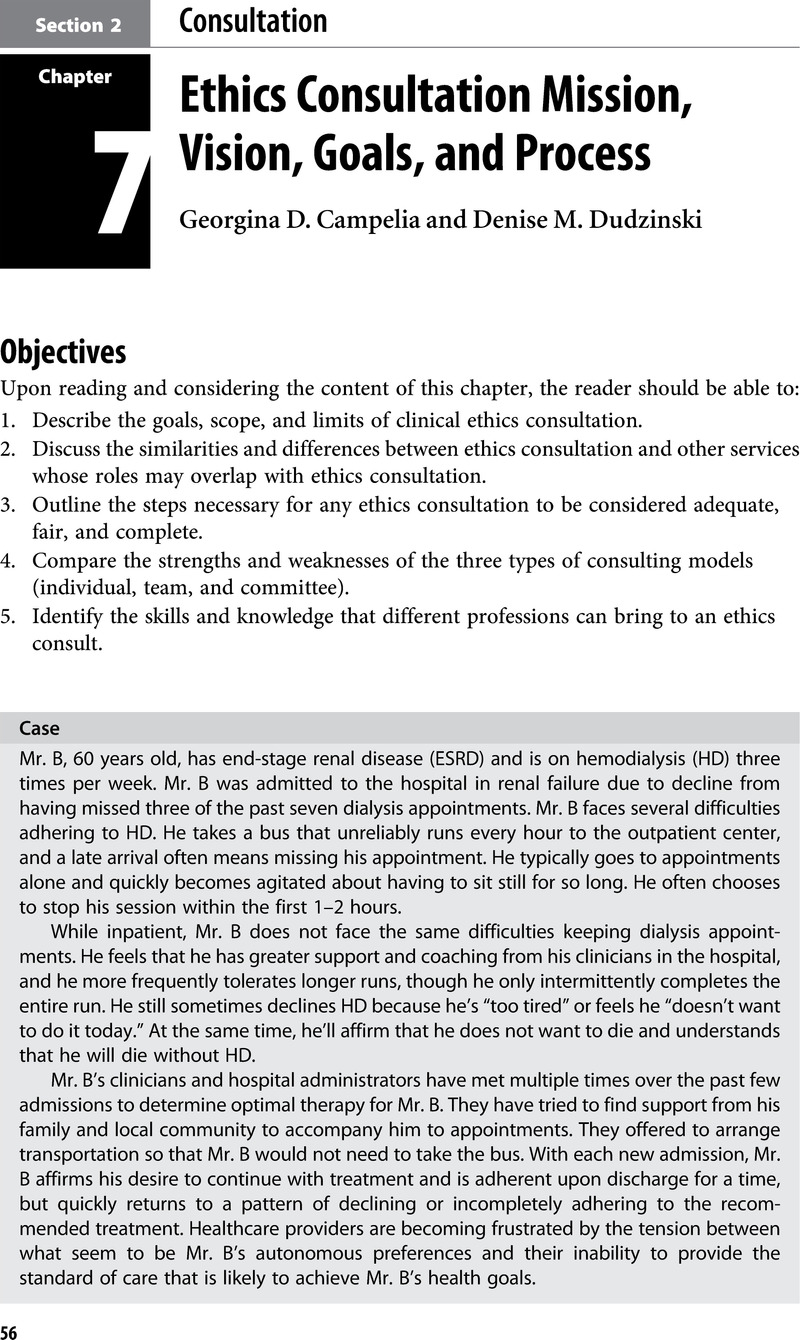Book contents
Section 2 - Consultation
Published online by Cambridge University Press: 17 February 2022
Summary

- Type
- Chapter
- Information
- Guidance for Healthcare Ethics Committees , pp. 56 - 207Publisher: Cambridge University PressPrint publication year: 2022



